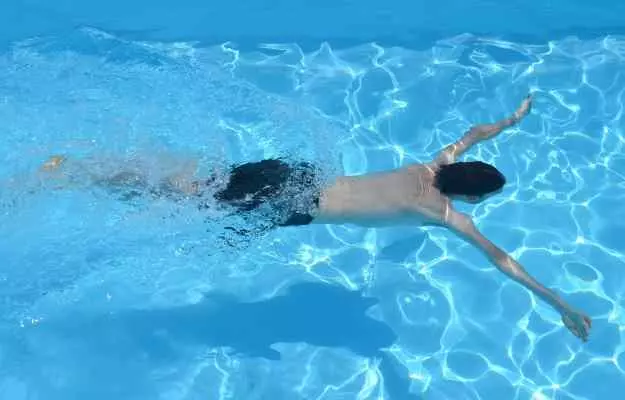Summer months in hot countries like India can make it difficult to pursue any kind of physical activity, especially those that are performed outdoors. Running, walking, cycling or playing a sport outside must be done either early in the morning or towards late evening to escape the soaring temperatures in the middle of the day.
Whether you live in a landlocked city or on the coast, swimming is a necessary life skill to have, besides being an excellent hobby or physical activity. The repetitive motion in swimming makes it an aerobic exercise and it is a great alternative to practice in the summer months when little else seems inviting, given the heat and humidity.
Swimming is also a low-impact method of exercise as it preserves the health of bones and joints in the long run as compared to exercises like running or exercising in the gym, which means it is one of the rare physical activities that one can continue doing even in old age. It is also a great social activity for families and friends.
While it has its drawbacks such as limited access to swimming facilities in cities, excessive costs and winter making it difficult for people to pursue it throughout the year, swimming has more benefits than limitations. Swimming is also included in various rehabilitation programmes for those recovering from injuries. Swimming is also beneficial for people looking to increase their endurance (stamina) and strength.




























